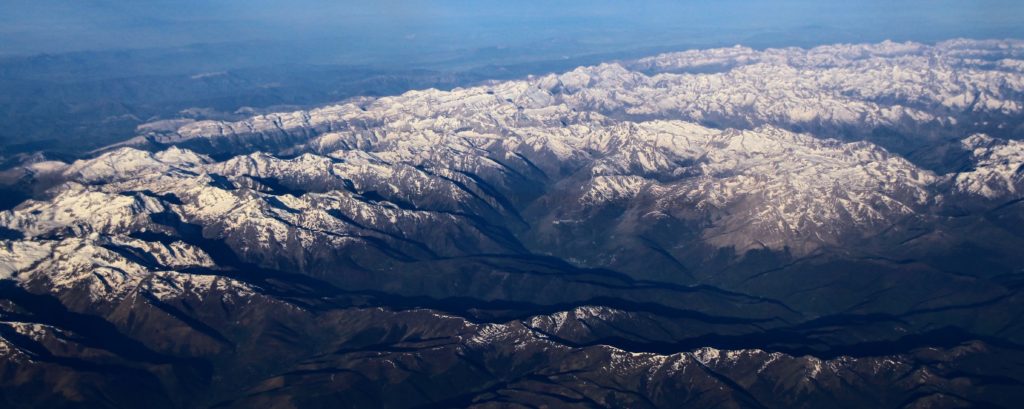
Imagine walking through the Pyrenees. Snow lying on the mountaintops, insects buzzing around the flowers, sheep grazing the pastures, an icy river fed by the last Pyrenean glaciers. Such a pristine environment, seemingly far away from all human impact.
But appearances can deceive. Last April an article was published in the Nature Geoscience journal by researchers from Scottish and French Universities. This article indicates not even the Pyrenees are remote enough to escape plastic pollution. Plastic degrades until forming tiny pieces, called microplastics. While their presence in water bodies and soils have received increasing attention over the past years, for example by the National Geographic, up till now the microplastic’s occurrence in the atmosphere was largely unknown.
The research site was the Bernadouze meteorological station, located in southwest France (Ariège department) at 1425 metres above sea level. Research there has confirmed that microplastics can be transported by the atmosphere and deposited far away from their source. Meaning that microplastics become airborne, travel some distance on the air currents, and then are deposited mostly through rain- and snowfall. Specifically, about 365 microplastic particles per square metre were found daily at the research site. This level of concentration came as a surprise, as it is comparable to big cities like Paris, known for its air pollution issues.
However, it is still unclear where these microplastics come from, and why in such high concentration, as there are no industrialized and densely populated cities in at least a 100-kilometre radius. Hence, more research is necessary, both to understand more on the atmospheric dynamics of microplastics, but also on the effect to the environment and human health, still unknown. But it is now beyond doubt that microplastics are a novel form of air pollution. While previously it was thought to just affect at the local level (within buildings and cities), now it is clear microplastics are capable of being transported far away by atmospheric dynamics to reach even the remotest of places.
2 May 2019










